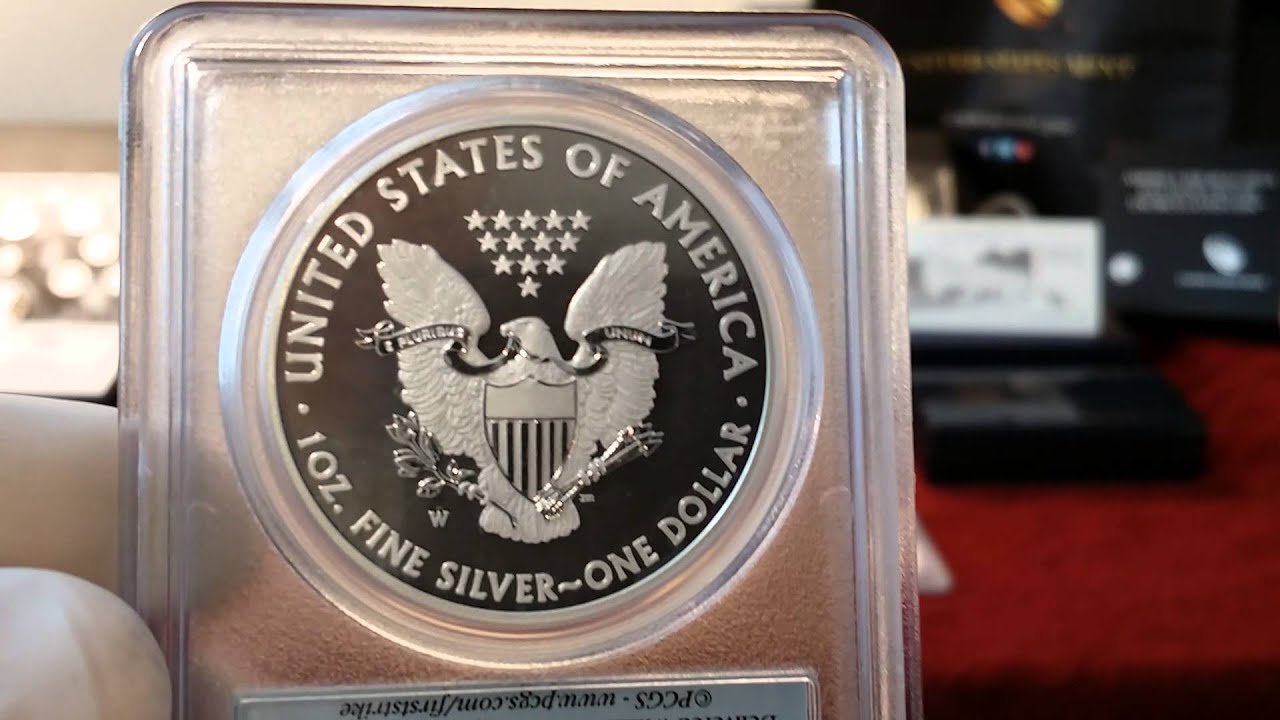Introduction
The United States Mint is a cornerstone of American history and a symbol of the nation’s economic strength. Since its establishment in 1792, the Mint has been responsible for producing the country’s coinage and has played a significant role in shaping the American economy. In this blog post, we’ll delve into the fascinating history, key milestones, and the impact of the United States Mint on American society.
A Brief History
The United States Mint was founded by the Coinage Act of 1792, which set the stage for the creation of a national mint. The first Mint facility was located in Philadelphia, then the nation’s capital. Its primary mission was to provide a uniform currency and support the country’s growing economy.
Over the years, the Mint has expanded its operations and facilities, with branches opening in various locations across the United States. These include Denver, San Francisco, and West Point, among others. Each branch has contributed to the Mint’s rich legacy of producing coins that reflect both the nation’s heritage and its evolving identity.
Key Milestones
- The Birth of the First Coins: In 1793, the Mint produced its first coins, including the iconic Flowing Hair Liberty cent. These early coins set the precedent for American coinage and were characterized by their unique designs and craftsmanship.
- The Introduction of the Silver Dollar: In 1794, the Mint introduced the silver dollar, a coin that became a symbol of American currency. The silver dollar’s design has undergone numerous changes over the years, but it remains a significant part of the Mint’s legacy.
- The Creation of the American Gold Eagle: In 1986, the Mint introduced the American Gold Eagle coin, which quickly became one of the most popular gold bullion coins in the world. The coin’s design celebrates American history and pride.
- The Launch of the 50 State Quarters Program: Beginning in 1999, the Mint launched the 50 State Quarters program, which featured unique designs representing each state. This program was a huge success and sparked widespread interest in coin collecting.
The Mint’s Modern Role
Today, the United States Mint continues to innovate and adapt to the needs of a modern economy. It produces a wide range of coinage, including circulating coins, numismatic products, and Congressional Gold Medals. The Mint also plays a crucial role in promoting coin collecting and preserving American numismatic history.
One of the Mint’s recent initiatives is its focus on sustainability. The Mint is committed to reducing its environmental impact and has implemented several eco-friendly practices in its operations.
Exploring the Mint’s Facilities
If you’re interested in learning more about the Mint’s history and operations, several Mint facilities offer tours and educational programs. Visitors can explore the minting process, view rare coins, and gain insights into the art and science of coin production.
Collecting U.S. Coins
For collectors and enthusiasts, the United States Mint provides a range of products, including limited-edition coins, commemorative issues, and annual sets. Collecting U.S. coins is not only a rewarding hobby but also a way to connect with American history.
Conclusion
The United States Mint is more than just a producer of coins; it is a testament to the nation’s history, values, and economic progress. From its humble beginnings in 1792 to its modern-day innovations, the Mint has played a pivotal role in shaping American currency and culture. Whether you’re a history buff, a coin collector, or simply curious about American heritage, exploring the legacy of the United States Mint is a journey well worth taking.
